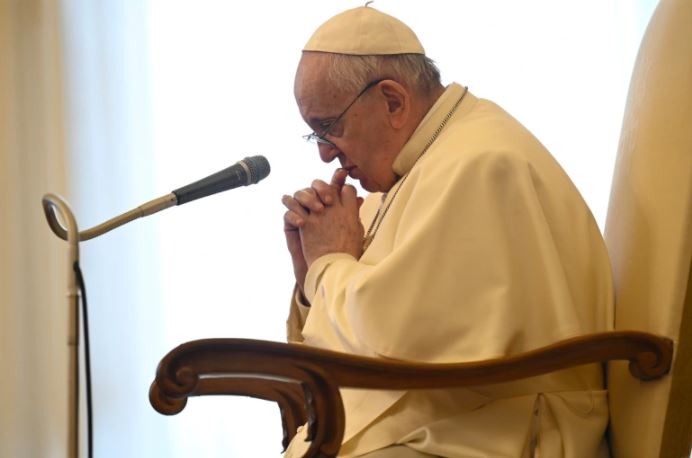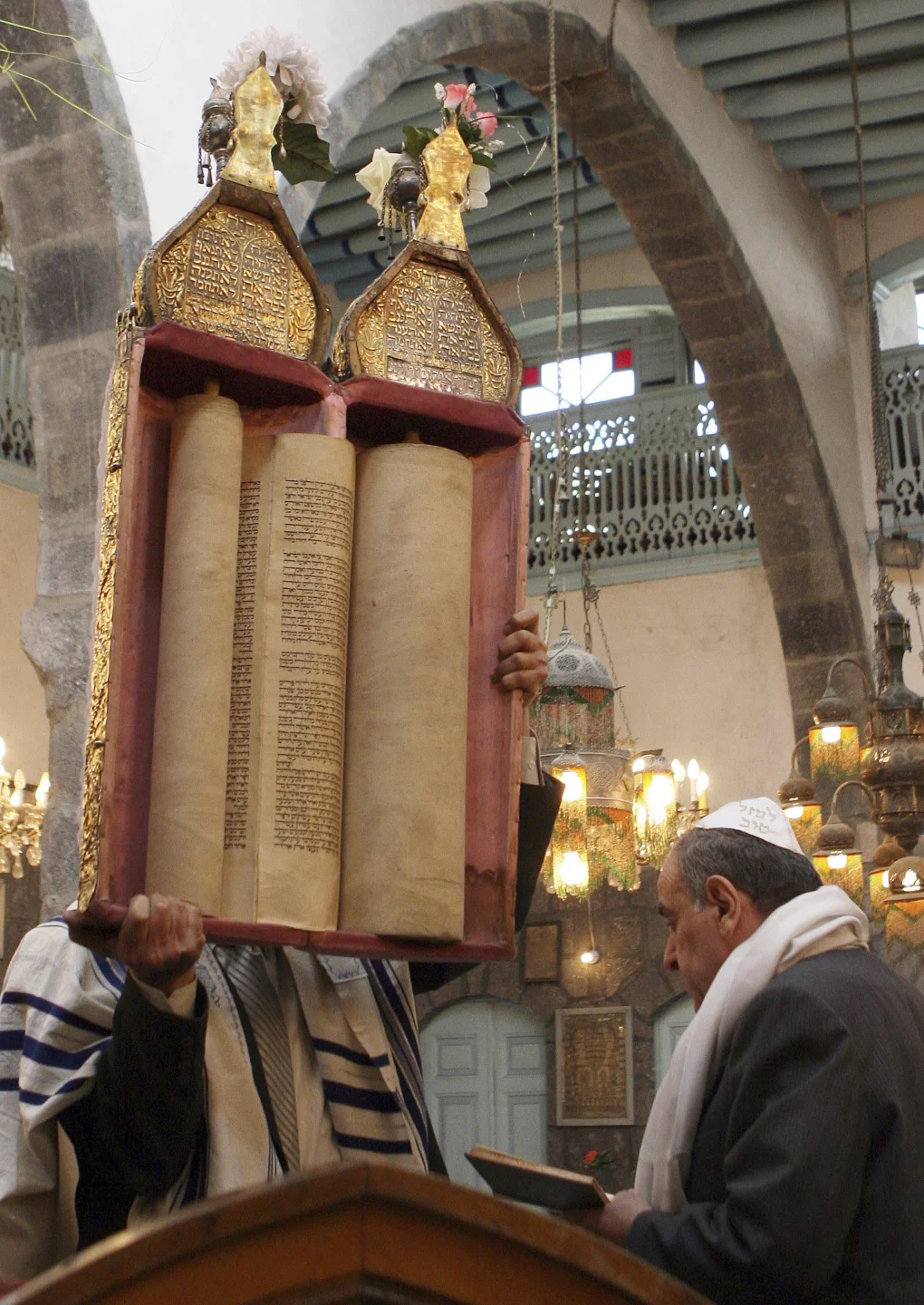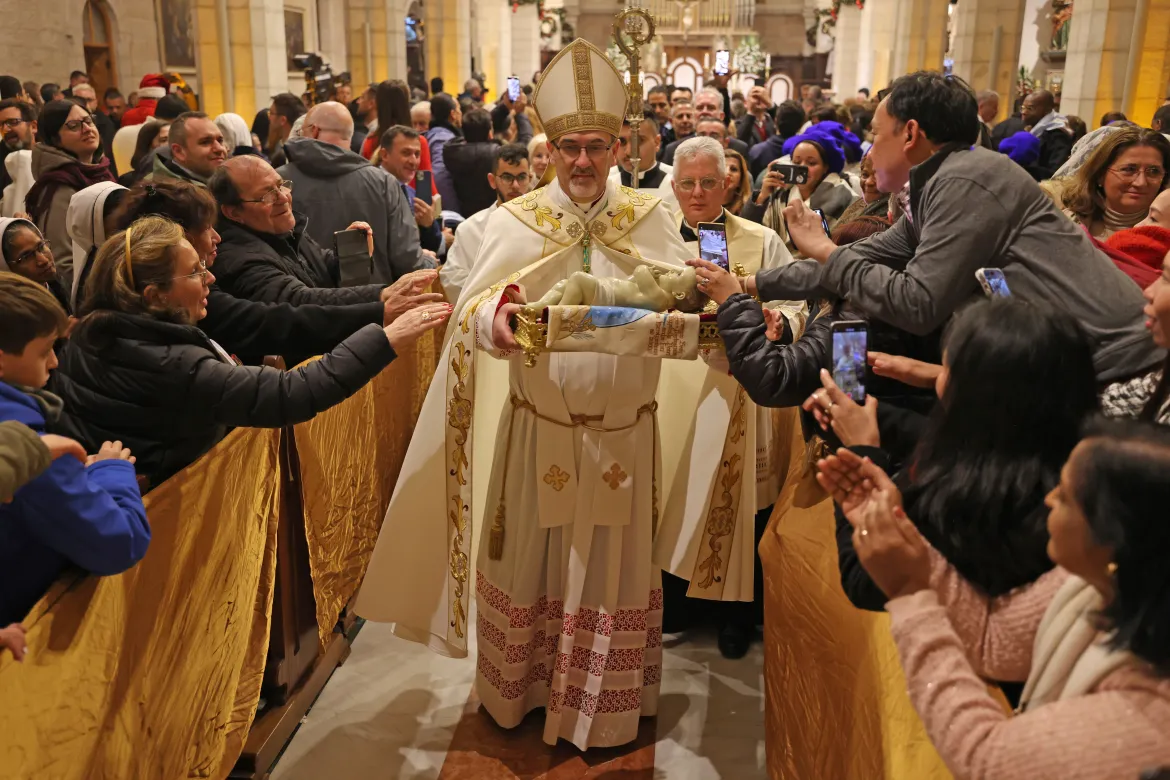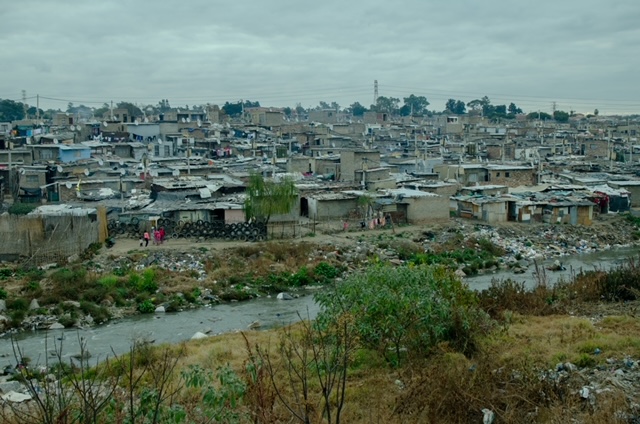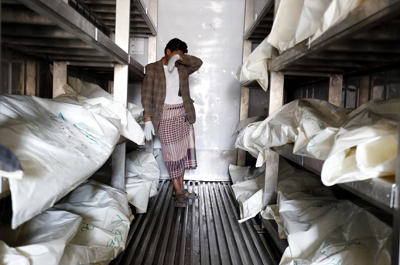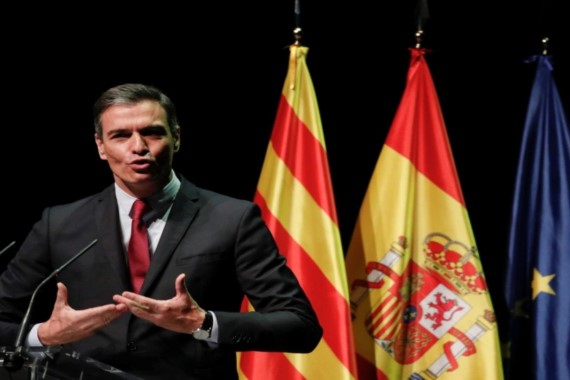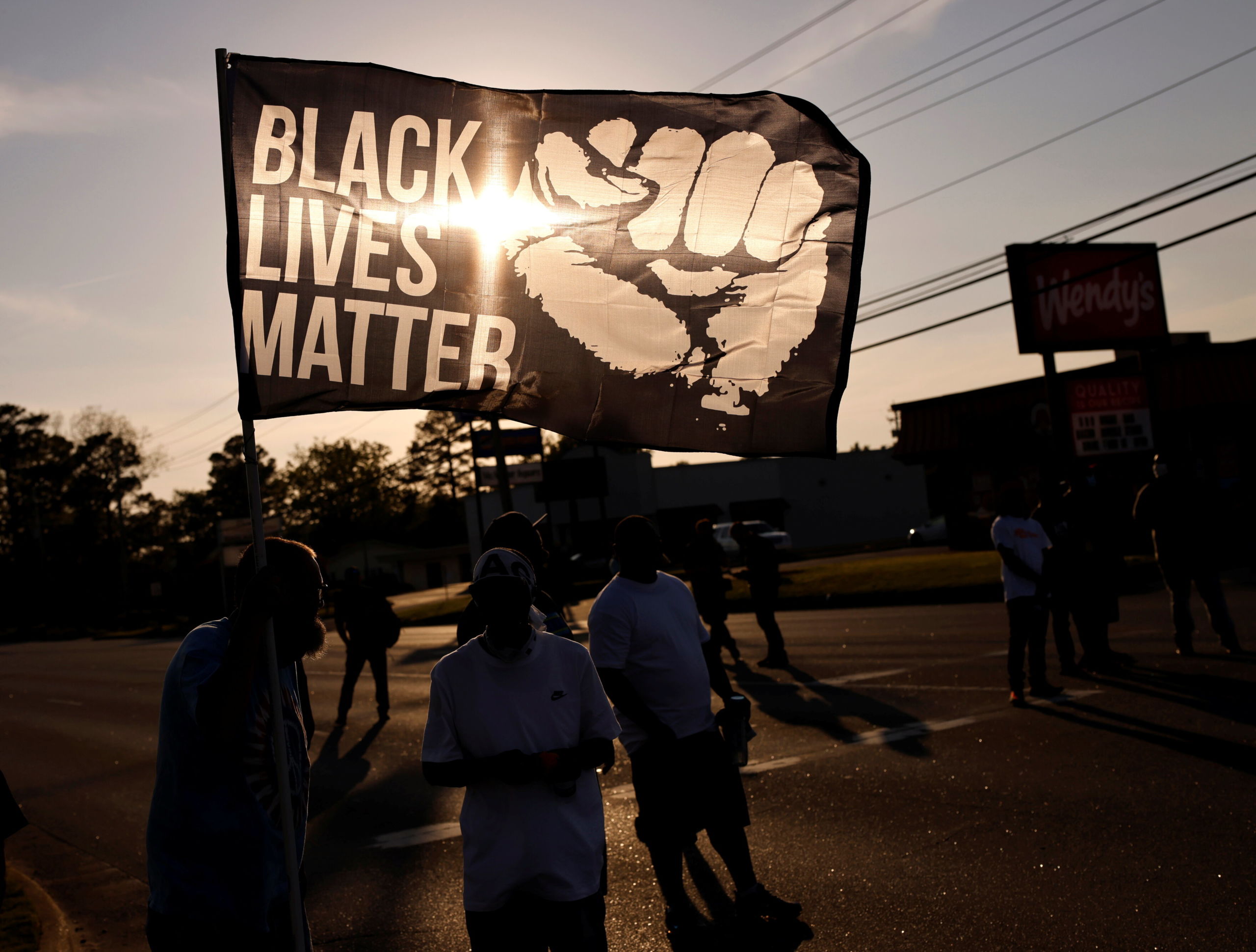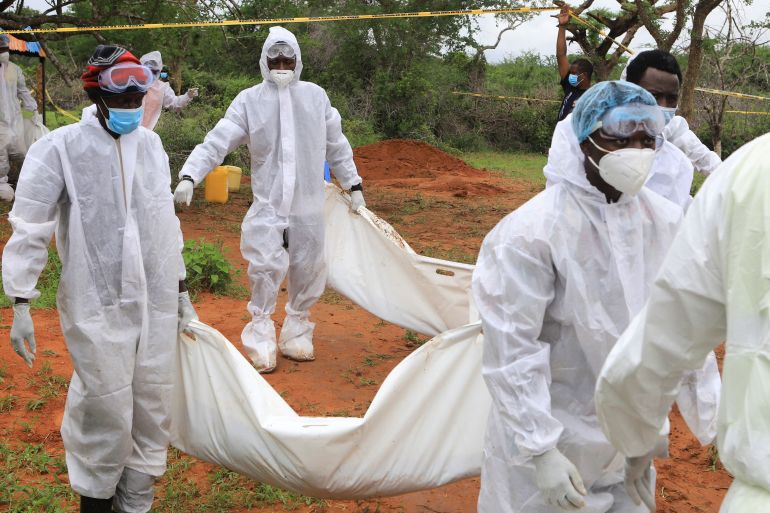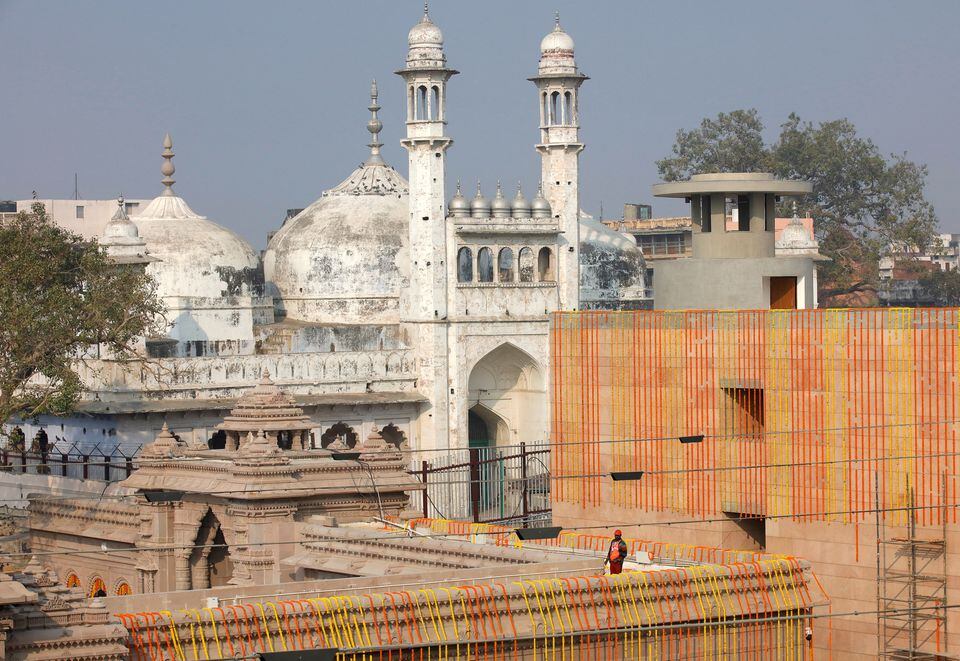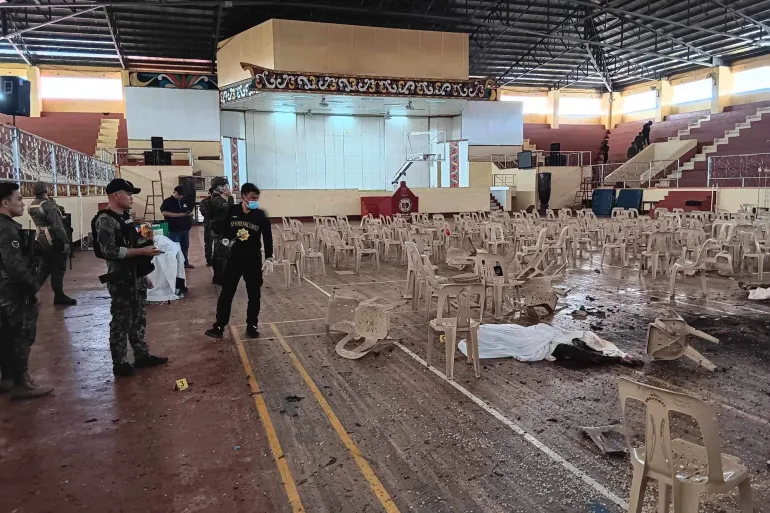The Sacred Process of Papal Election
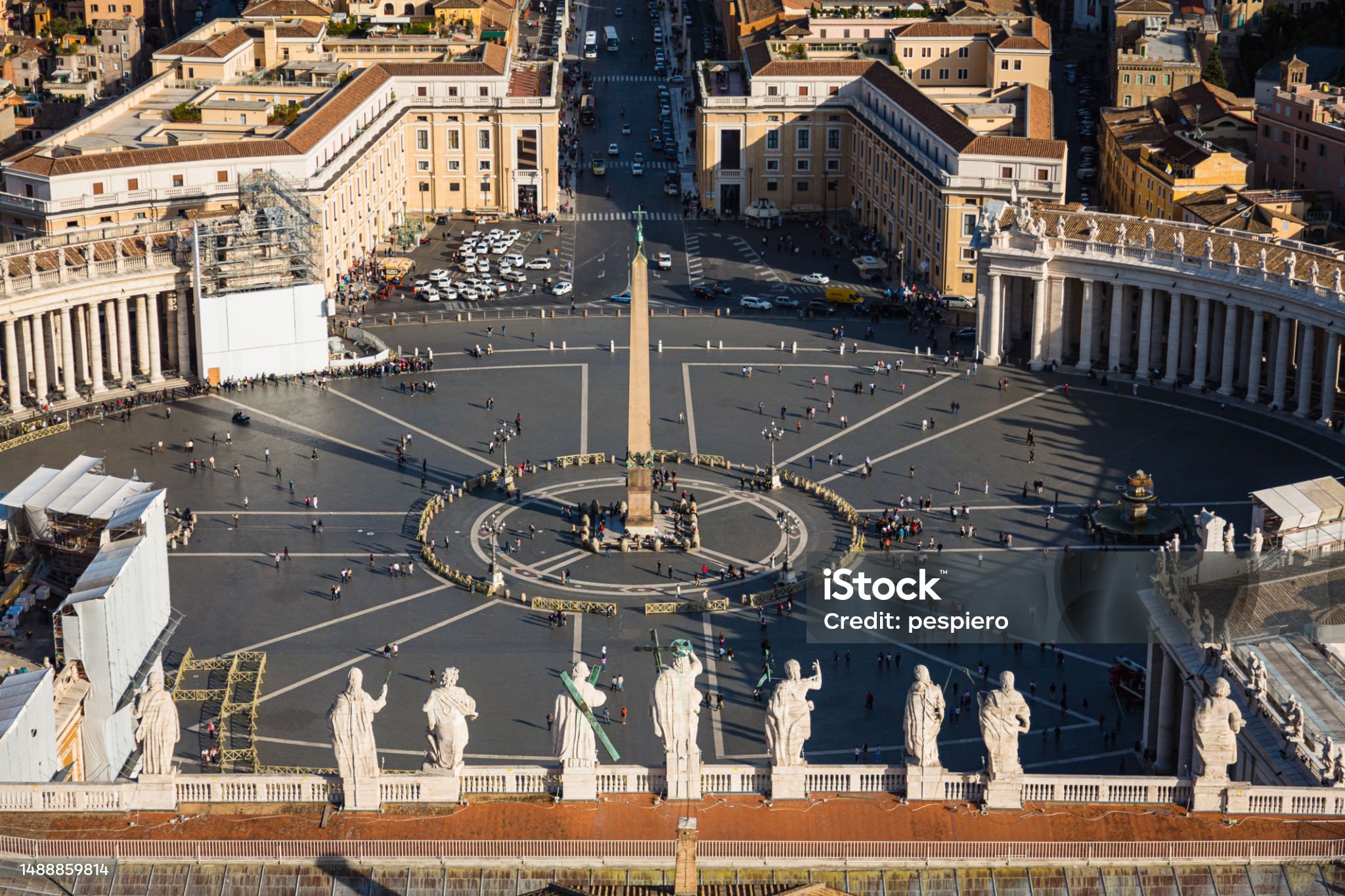
Cardinals from all corners of the world gather within the sacred walls of the Sistine Chapel for the momentous task of electing a new Pope. This ritual, known as the Conclave, is a centuries-old tradition observed whenever the papacy becomes vacant, whether through the death of the reigning Pope or, in exceptional cases, his resignation. The most recent conclave will see a record 133 Cardinals, all under the age of 80, gathered to deliberate on the future leadership of the Catholic Church.
These Cardinals come together not only to pray but to engage in confidential discussions on the qualities and vision they believe the next pontiff must embody. Once the conclave begins, the Cardinals are cut off from the outside world and confined to the Vatican, where they are sealed inside the Sistine Chapel. Within this historic setting, the Cardinals will sleep, eat, and pray as they carry out their solemn task, surrounded by the renowned works of Michelangelo and other artistic masterpieces that adorn the chapel’s walls.
The conclave is an event marked by strict isolation. Only a select few are permitted to enter: a small number of doctors to attend to the health of the electors, priests who offer spiritual guidance and hear confessions, and a team of housekeeping staff to manage the practical aspects of the conclave. This near-total isolation is not only physical but symbolic, representing the detachment from external influences as the electors seek divine inspiration in choosing the next leader of the Church.
The process is carried out in utmost secrecy. No one outside the conclave knows the discussions and deliberations that take place, making this an intensely private and spiritual process. The Cardinals remain locked inside the Sistine Chapel until they reach a decision, sometimes taking days or even weeks, before a new Pope is elected. Once a decision is made, the world waits in anticipation for the white smoke from the Sistine Chapel’s chimney—a signal that a new pontiff has been chosen.
Pope Francis was the 266th to hold the office, a position that traces its lineage back to Saint Peter, the first Pope. The papacy has seen a long succession of leaders over the past two millennia, each contributing to the spiritual and global leadership of the Catholic Church. With Pope Francis’ election in 2013, the papacy reached its 266th successor, a milestone in the enduring legacy of one of the world’s oldest and most influential institutions.
Agencies.
- Most Viewed
- Most Popular


